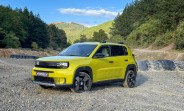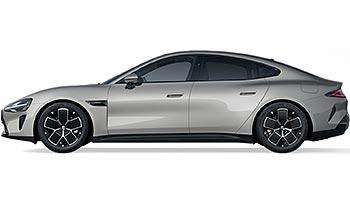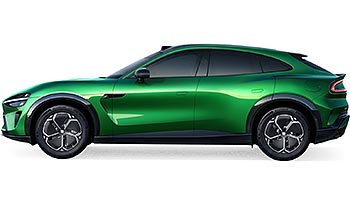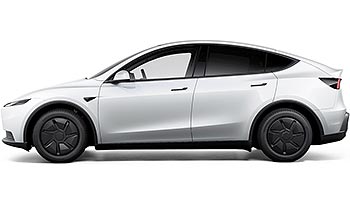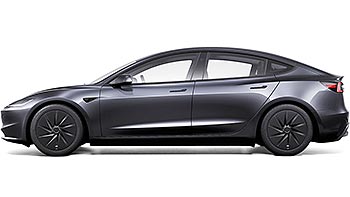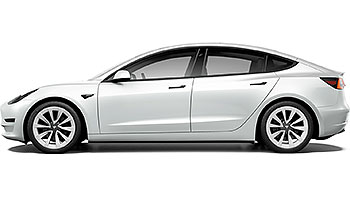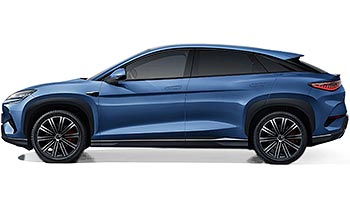Xiaomi SU7 Ultra is launching between January and March

Xiaomi stunned the world with the SU7, its first ever EV (and first ever car), which continues to exceed sales expectations and force the company to up its sales targets. And then, Xiaomi stunned the world again, last month, with the 1,548 hp SU7 Ultra hypercar prototype/concept.
A few days after the unveiling of the SU7 Ultra, Xiaomi dropped another bomb: the SU7 Ultra is coming, as a road legal production model, in the first half of next year. Today, Xiaomi CEO Lei Jun has narrowed down the launch timeline further. It turns out that the production model of the SU7 Ultra is actually going to be launching in the first quarter of 2025, so between January and March.

The SU7 Ultra will arrive in customers' hands with a 'beginner's mode', which will require new owners to go through a step-by-step exam of sorts in order to unlock the car's full performance, Lei said. This is done as a safety precaution in order to basically protect eager but inexperienced customers from themselves, we assume.
The car is no joke. It has 1,548 hp and can accelerate from 0 to 62 mph in 1.97 seconds, from 0 to 124 mph in 5.96 seconds, and it has a top speed above 217 mph.

The production model will have the same chassis structure, the same three motors, and the same battery pack as the prototype. It will be "slightly expensive" according to Lei, but not very much so. Considering how affordable the SU7 is for what you get, this sounds very exciting indeed.
Related
Reader comments
- Driver
Hoping it has an English UI; unlike the su7.
- 28 Aug 2024
- mTZ
Fiat Multipla was here before Samsung or Xiaomi invented a wheel. Who cares if any brand makes cars as a side hustle. Are you buying a car or you care only for a sticker on the hood?
- 25 Aug 2024
- dNZ





